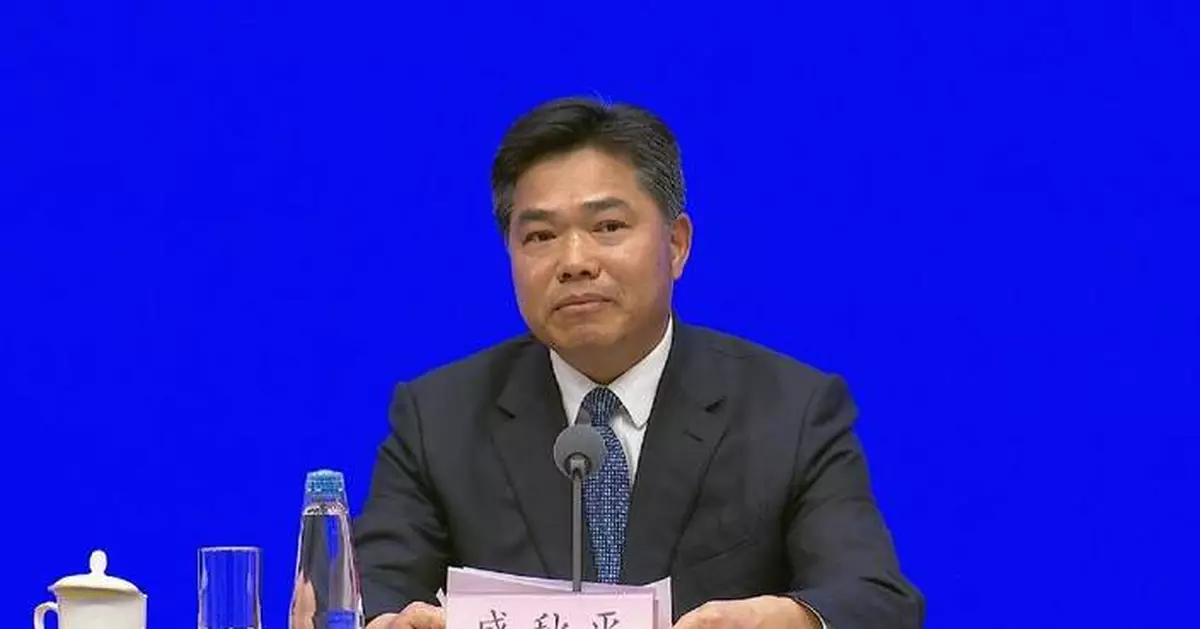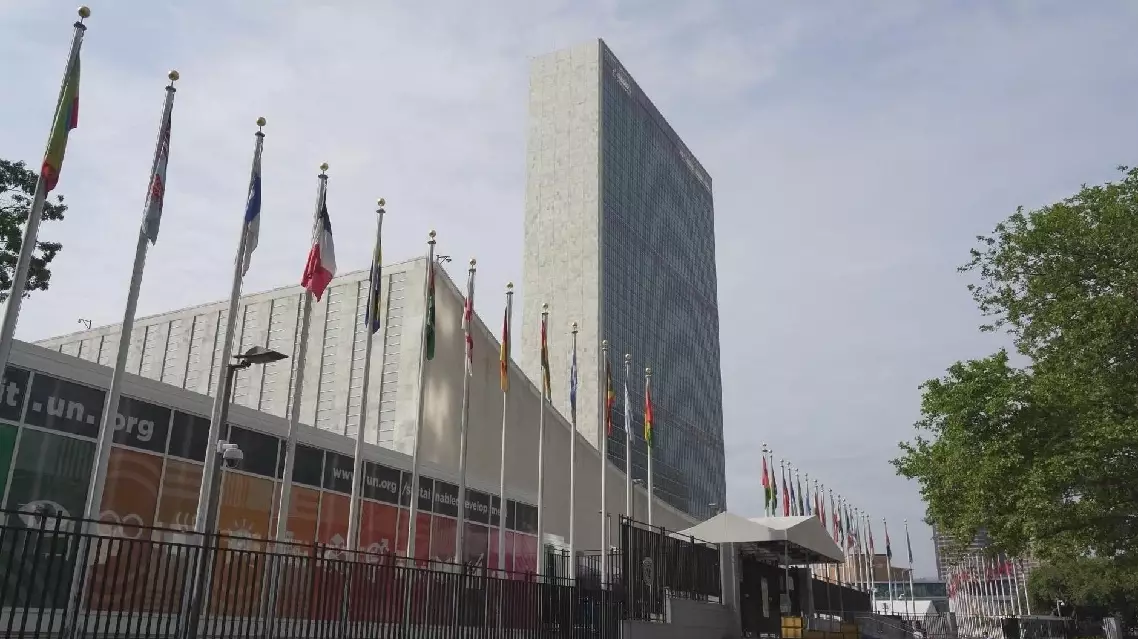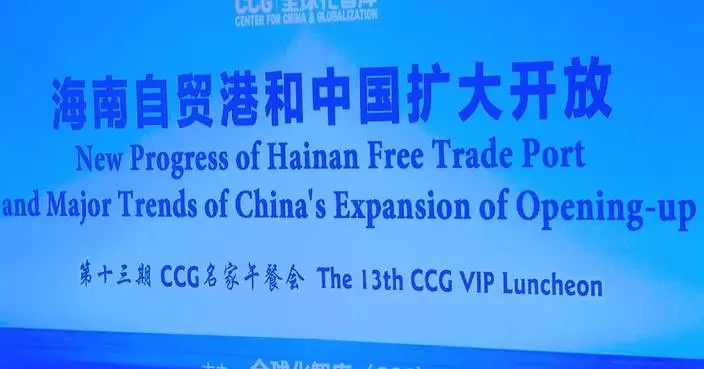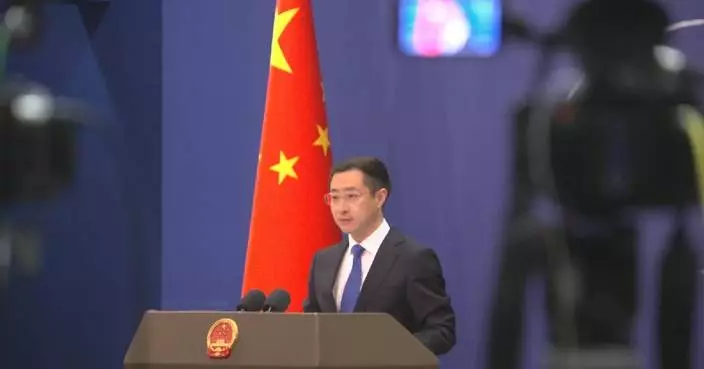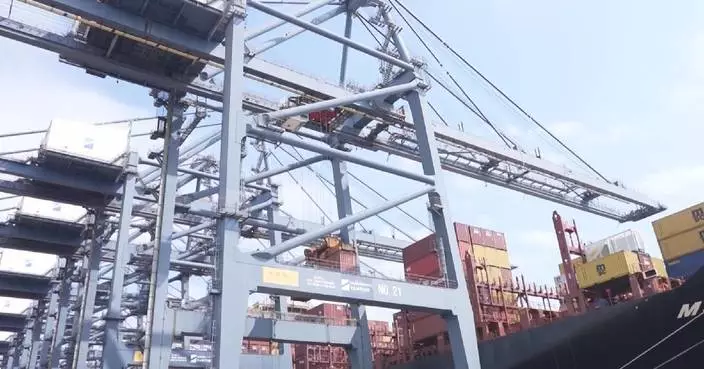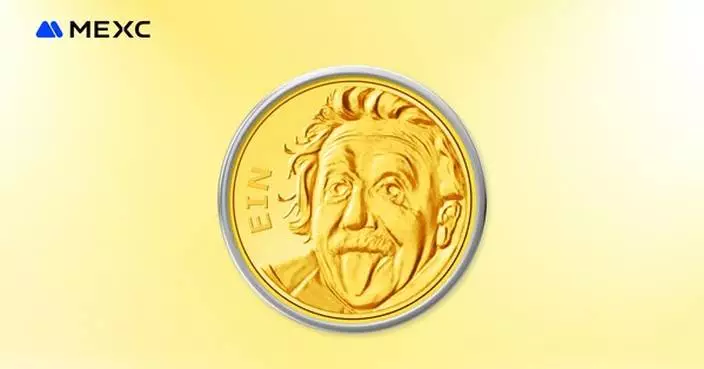The updated departure tax refund policy will further expand inbound consumption, boost overseas tourists' spending, promote high-level opening up, and facilitate the dual circulation of domestic and international markets, said Vice Minister of Commerce Sheng Qiuping on Sunday in Beijing while briefing the media.
The remarks came after Chinese authorities unveiled a set of measures on the same day to further optimize its departure tax refund policy to better meet overseas tourists' needs and expand inbound consumption.
According to a circular jointly issued by the Ministry of Commerce and five other government departments, the minimum purchase threshold for departure tax refunds has been lowered, allowing overseas travelers to apply for a refund if they spend at least 200 yuan (about 27.75 U.S. dollars) at the same store on the same day and meet other relevant requirements. The upper limit for cash refund has been raised to 20,000 yuan from 10,000 yuan.
Sheng said that the circular introduces eight measures in three areas: increasing the number of departure tax refund stores, diversifying the range of tax-refunded products, and enhancing the quality of departure tax refund services.
More departure tax refund stores will be set up in major shopping areas, pedestrian streets, tourist sites, resorts, cultural venues, airports, passenger ports and hotels, according to the circular.
Departure tax refund stores are encouraged to broaden product offerings to include time-honored brands, renowned Chinese consumer goods, smart devices, intangible cultural heritage items, crafts and specialty products, among others.
Meanwhile, the regulations regarding departure tax refund have been revised to optimize related services and streamline the refund process to help overseas travelers more easily benefit from departure tax refund policies, according to the country's taxation authorities.
"In 2024, inbound consumption accounted for about 0.5 percent of China's GDP, while in major countries worldwide, inbound consumption accounts for between 1 percent and 3 percent of GDP, indicating huge growth potential for inbound consumption. Departure tax refunds help reduce shopping costs for foreign travelers and are a key entry point for attracting and expanding inbound consumption. For example, with China’s VAT level, the refund rate for general products is 11 percent, which is equivalent to an additional 10-percent discount," he said.
Sheng also noted that China has steadily expanded autonomous and unilateral opening-up in recent years, implementing unilateral visa-free policies for 38 countries, and providing visa-free transit for 54 countries, extending the stay period to 240 hours, alongside launching a series of policies to facilitate inbound travel.
"Last year, China received 26.94 million foreign visitors, a year-on-year increase of 96 percent. In the first quarter of this year, 9.215 million foreign visitors entered China, a year-on-year increase of 40.2 percent. Departure tax refunds not only benefit foreign travelers but also serve as an important channel for promoting Chinese products and culture abroad, achieving multiple policy benefits," said Sheng.
Since China fully implemented the departure tax refund policy in 2015, Sheng said that further optimizing the departure tax refund policy will improve the convenience of shopping for foreign travelers in China and enhance their sense of satisfaction and experience in tourism and consumption.
Earlier this month, China announced a nationwide shift from a refund-upon-departure model to a refund-upon-purchase model for departure tax refund, enabling foreign visitors to instantly claim value-added tax rebates at tax-free stores across the country.
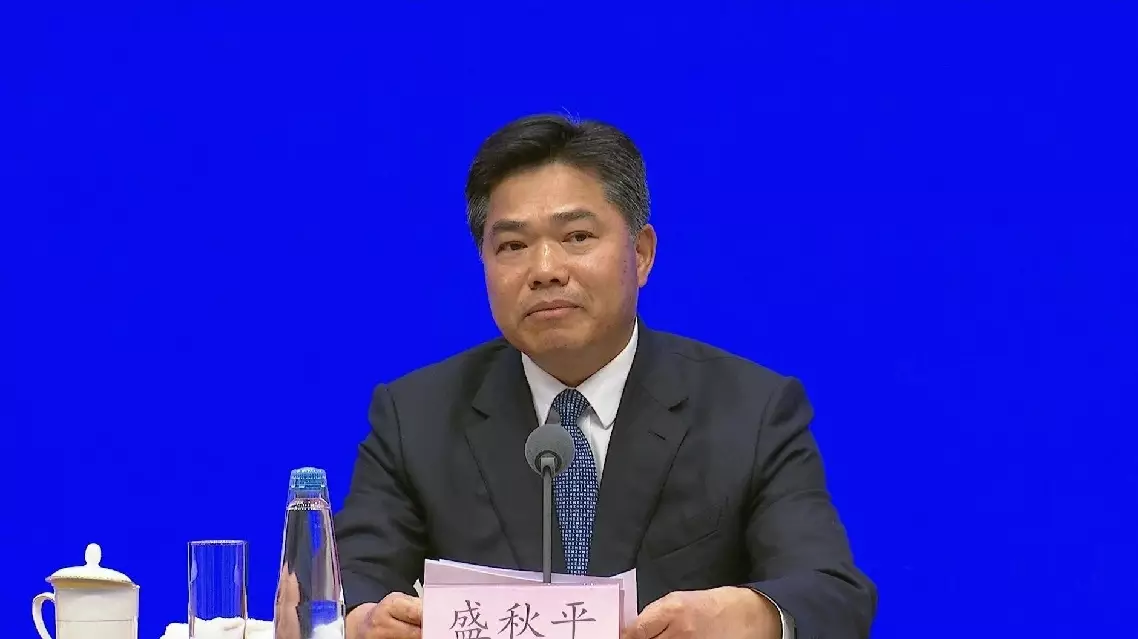
Commerce official stresses benefits of updated departure tax refund policy


